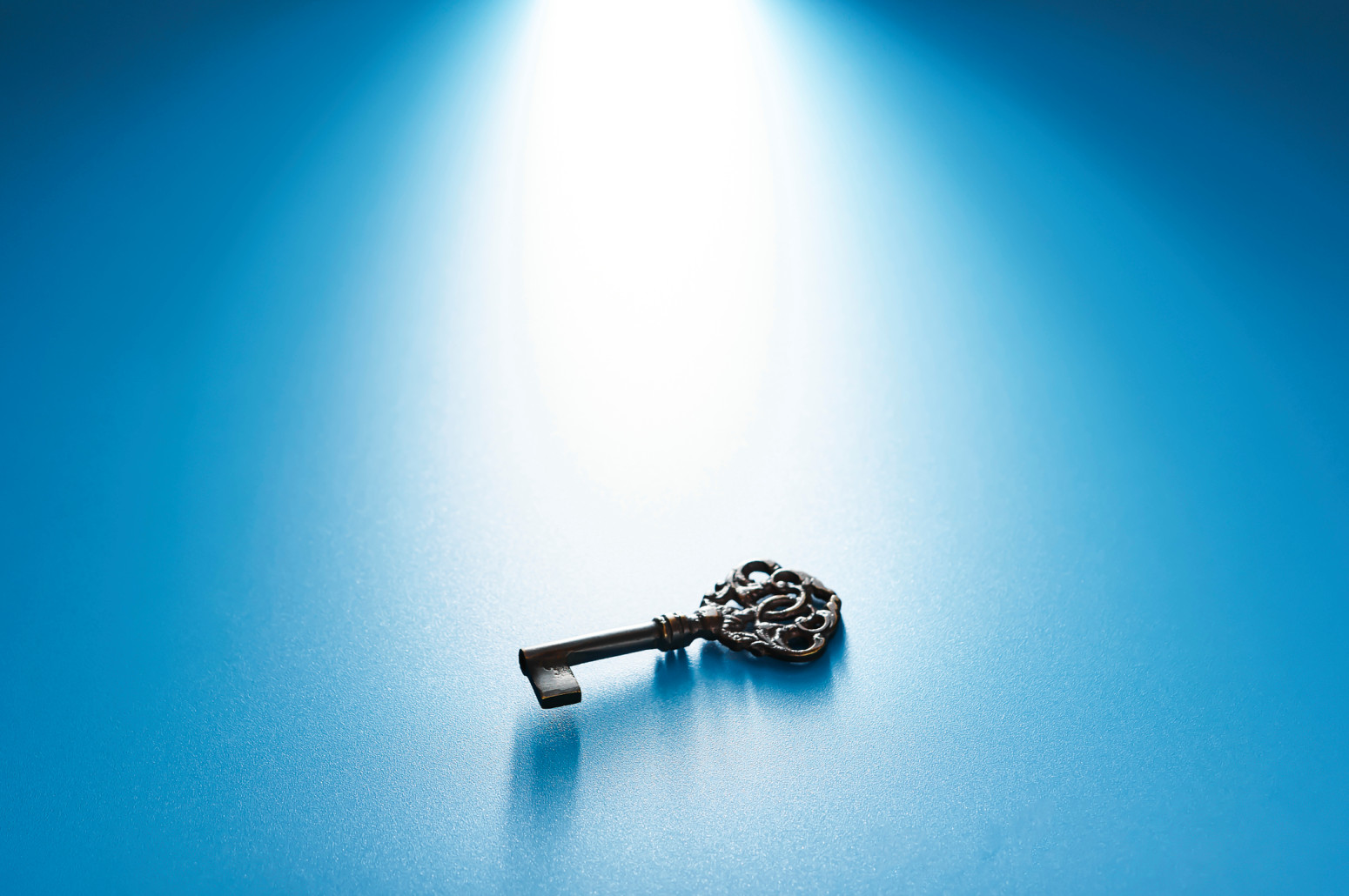By Jill Suttie
Ever wonder why we get a warm feeling when we come home? Or why laughter makes us feel so good? Or why, even though exercise is good for us, so many of us tend to avoid it?
If so, you may want to pick up Dean Burnett’s book Happy Brain: Where Happiness Comes From, and Why. Burnett, a neuroscientist and standup comic, explores some of the inner workings of our brains to reveal how our neural networks support us in experiencing happiness so we can move forward in life and love.
Neuroscience is a fascinating field, but, as Burnett warns, it’s also a relatively new science, and many of its “findings” are exploratory in nature rather than conclusive. He points to the expense of running fMRI studies, which limits the number of study participants and the certainty about results. And, as so much of our brain activity can be influenced by individual personalities or environmental circumstances, it’s hard to make any grand proclamations about what happiness looks like in the brain.
Add to that some pretty weird anomalies—like the neurotransmitter serotonin, which modulates mood, being produced primarily by our gut bacteria—and it becomes clear that we don’t understand everything about our brains and happiness. Much of it may be out of our conscious control.
“Just embrace the important point: The things that influence our brain’s ability to make us happy extend far beyond just our experiences and personal preferences,” warns Burnett.
Inside the happy brain
Instead of a grand summary, Burnett seems bent on meandering through neuroscience, following unexpected tangents, pointing out incongruent findings, and taking us through some unusual territory.
For example, I hadn’t thought much about the influence of “home” on our brains. Why do we feel good when we enter our house at the end of the day or feel nostalgic for it when we leave? This has to do with the connection between home and safety, and the fact that our brains have evolved to help us recognize and enjoy things that are biologically relevant to us through the release of feel-good hormones. It also explains why we get homesickness—it can be dangerous to be far from home, so our brains let us know that—and why we don’t always have a sound sleep the first night away from home—to keep us vigilant in our strange, potentially unsafe surroundings.
But how do we know “home” from “not home”? Burnett writes about “boundary cells” in our brains and how they activate when we get to environmental boundaries—like a river at the edge of our property, or a door to the outside of our house—and help us recognize our safety zones. Though we need to go beyond these boundaries to explore—and curiosity is a relevant biological drive, too—we will feel less anxious exploring if we have a safety zone to retreat to (a.k.a. home).
Burnett goes on to explain how work, laughter, love, lust, and our age all impact happiness, too, and how that’s mapped in the brain. For example, humor happens when we find something unexpected and incongruent—like an elephant shopping in a supermarket—and can resolve what’s going on by “getting” the joke or solving the puzzle. Perhaps because the ability to come up with novel solutions is a survival skill, our brains reward this activity with the pleasant feeling of being amused. And we have parts of our brains devoted to understanding jokes—namely, the temporal, occipital, and parietal lobes, from which laugher apparently originates.
The book is full of fun tidbits like this, too numerous to name them all. But they help explain things like why we might fall in love with someone who isn’t necessarily good for us and be blind to their flaws, and why something that makes us happy in our adolescence doesn’t move us nearly as much in adulthood.
Not all the things that make us feel good are benign, unfortunately, and the book also explores some of the darker findings around happiness—like schadenfreude, our pleasure at another’s misfortune, and the desire to put others down to make ourselves feel good. Clearly, the reward systems in our brains are not always kind toward others, which is important, if distressing, to know.
If you’re expecting a neat formula about what makes you happy, you won’t find it here. Still, there is at least one take-home message from the book: Other people are central to our happiness. As a highly social species, we are finely tuned to how others feel and think about us, and our brains are well-equipped to read what’s going on in our social environment and reward or punish us accordingly. People influence every aspect of our happiness: If we get along with our boss or coworker, we’re likely to find joy in our work; and if we have a troubled marriage, coming home will bring tension rather than happiness.
“If you held a gun to my head and insisted that I identify the overarching theme that connects everything I’ve found out about how the brain deals with happiness, it’s that so much of what makes us happy depends on other people,” admits Burnett. Which suggests we should cherish our relationships and try to make them work—a “key to happiness” that even Burnett might endorse.
Originally published at greatergood.berkeley.edu.
